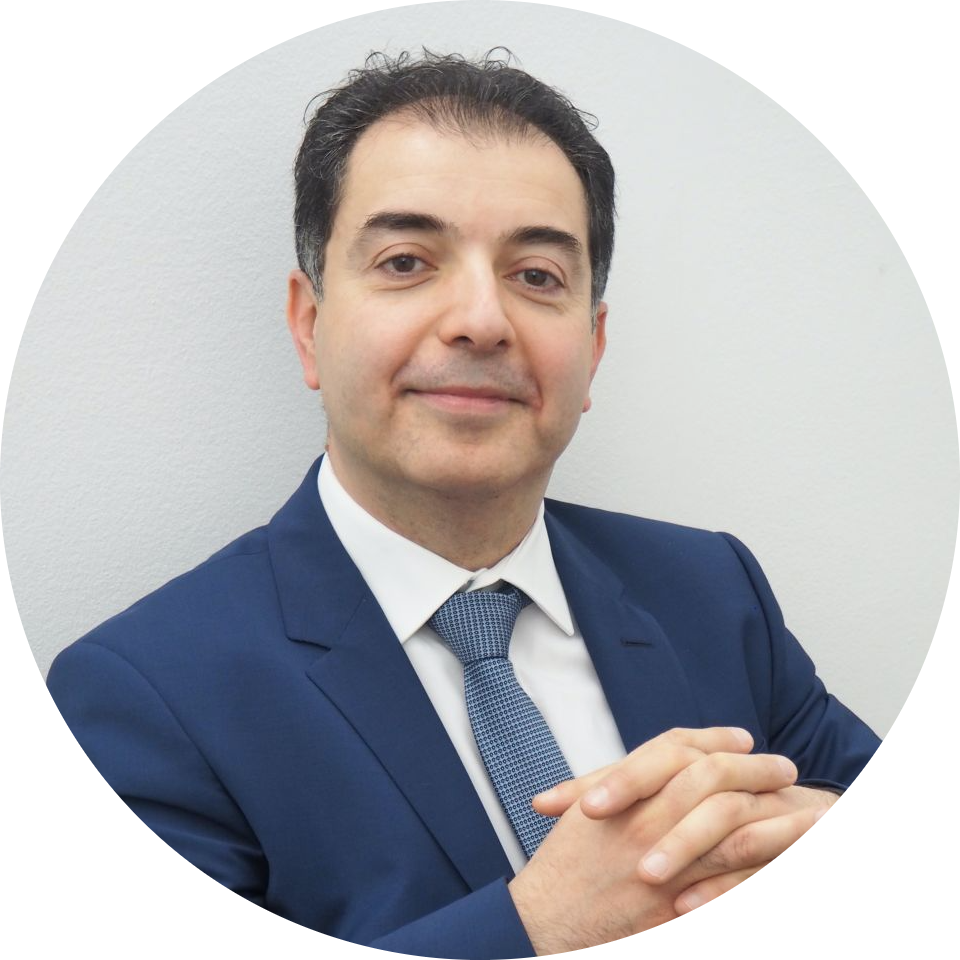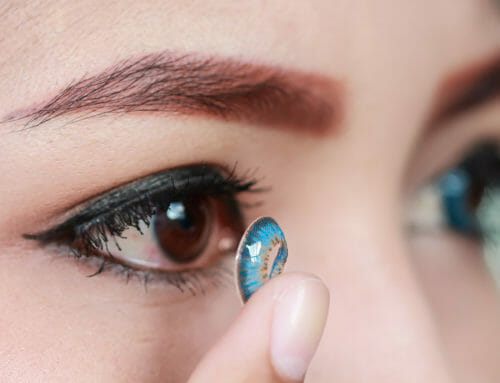
4 Questions About Phototherapeutic Keratectomy
Phototherapeutic keratectomy (PTK) is a type of eye surgery technology used by a London eye doctor to treat diseases and scars on the corneal surface. A common misconception about PTK is that it’s used to improve vision, but this is not the case. Those who want to address eye scars and diseases and address a vision problem at the same time may also need to undergo a photorefractive keratectomy procedure.
What makes PTK different from PRK and LASIK?
PTK focuses more on medical benefits and less on improving eyesight. The problems that ETK is meant to solve are associated with diseases that affect the cornea, whereas PRK and LASIK are more related to the eye’s refractive issues. Examples of diseases and conditions that PTK can treat include corneal dystrophy, epithelial erosion syndrome, and scarring of the cornea. PRK and LASIK can treat astigmatism presbyopia.
Who is a suitable PTK candidate?
Persons who suffer from either corneal disease or a damaged cornea are suitable candidates for undergoing PTK. Other components that increase your suitability for the procedure include good overall health and having realist expectations about the outcome.
What if you’re not a suitable PTK candidate?
If your surgeon decides that you are not a good candidate for PTK, they may recommend other options for you. Manual scraping (scraping away the surface of the cornea that affected by damage and/or disease) and cornea transplant (removing the damaged part of the cornea and replacing it with a healthy cornea) are some of the alternative options available.
What are the risks associated with PTK?
PTK, like all forms of surgery, carries some potential risks. These include halos, starbursts, light sensitivity, and glare. Such conditions are often temporary, but they can be permanent in some patients. It’s worth noting that a clear majority of PTK procedures are performed safely and complication-free. Having PTK done by an experienced London eye surgeon at a clean and sterile clinic helps minimise these risks, if not eliminate them altogether.
Your initial meeting with your eye doctor
You will have to meet with your eye surgeon for a consultation before you are approved for PTK. By the end of your consultation, your surgeon will have determined if you are a good candidate for the procedure.
Source:
- Phototherapeutic Keratectomy, AAO.org

About the expert
Mr Hamada | Consultant Ophthalmologist and Corneal Surgeon
MD, MSc, DO (hons), FRCSEd, FRCOphth I am Samer, founder and consultant ophthalmic surgeon with over 20 years’ experience in ophthalmology. I am a world-renowned specialist in cornea, cataract and refractive surgery. I’m not only a leading surgeon but also the only dual fellowship trained in corneal diseases in children from reputable institutions in the UK. At Eye Clinic London I work closely with other consultant ophthalmologists, optometrists and orthoptists to achieve the best outcomes for our patients. Our main aim is to make sure our patients get the safest and best treatments available to them. We put your safety before anything else so you can rest assured that if you choose us you will be in the best and safest hands.



